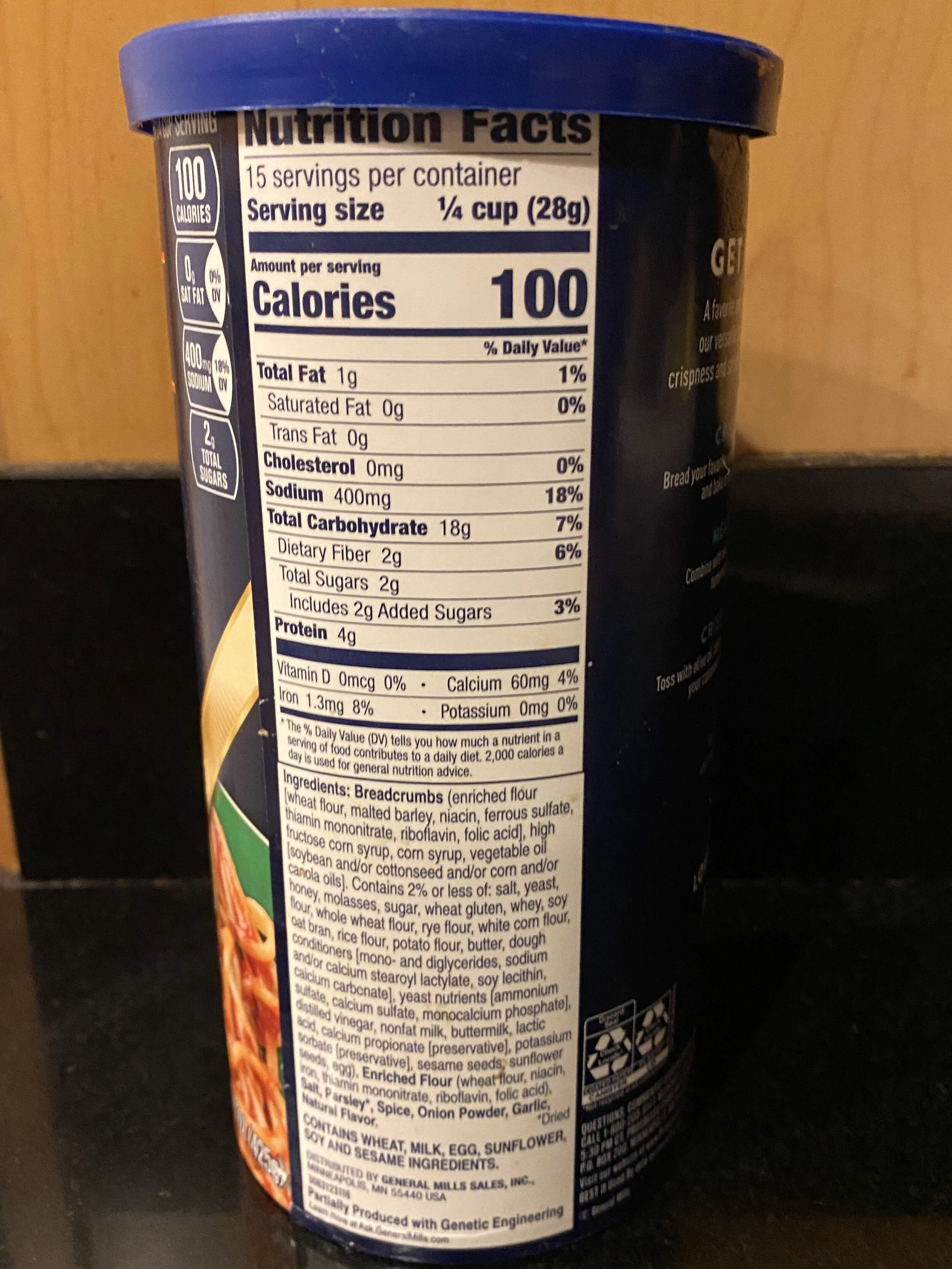Ice vs Heat
Ice pack collar for neck and shoulder pain
How do you manage pain and swelling? Should you ice or use heat therapy? Consider ice for acute injuries or pain, along with inflammation and swelling. Use heat for muscle pain or stiffness.
Heat therapy :
Use for muscle/joint stiffness
Increase blood flow/ applied for longer period of time
Used for chronic conditions to help relax and loosen tissues
Works BEST for morning stiffness and/or warm up muscles before activity
Heat therapy should not be applied to open wounds
People with certain pre-exisiting conditions should not use heat therapy due to a higher risk of burns or complications due to heat application (including diabetes, dermatitis, vascular diseases, deep vein thrombosis, and multiple sclerosis (MS)
Ask doctor if you have high blood pressure or heart disease to use hot tub
Ice pack for shoulder pain
Cold Therapy (ICE) or Cryotherapy -
can significantly reduces swelling and inflammation that causes pain, particularly around joint or tendon
Used for acute sprains and strains
Slows blood flow to reduce swelling / applied for a limited time
Cold Therapy should not be used by people with sensory disorders - when you cannot feel certain sensations (for example, people with diabetes should not use cold therapy since it can result in nerve damage and lessened sensitivity)
Do not use cold therapy on STIFF joints and muscles
Do not use cold therapy if you have poor circulation
Remember:
Heat boosts the flow of blood and nutrients to an area of the body. It often works best for morning stiffness or to warm up muscles before activity.
Cold slows blood flow, reducing swelling and pain. It's often best for short-term pain, like that from a sprain or a strain.
Try a warm shower or bath before you exercise to help loosen joints and muscles. Use cool water after exercise to help calm deep, burning pain and reduce inflammation.





